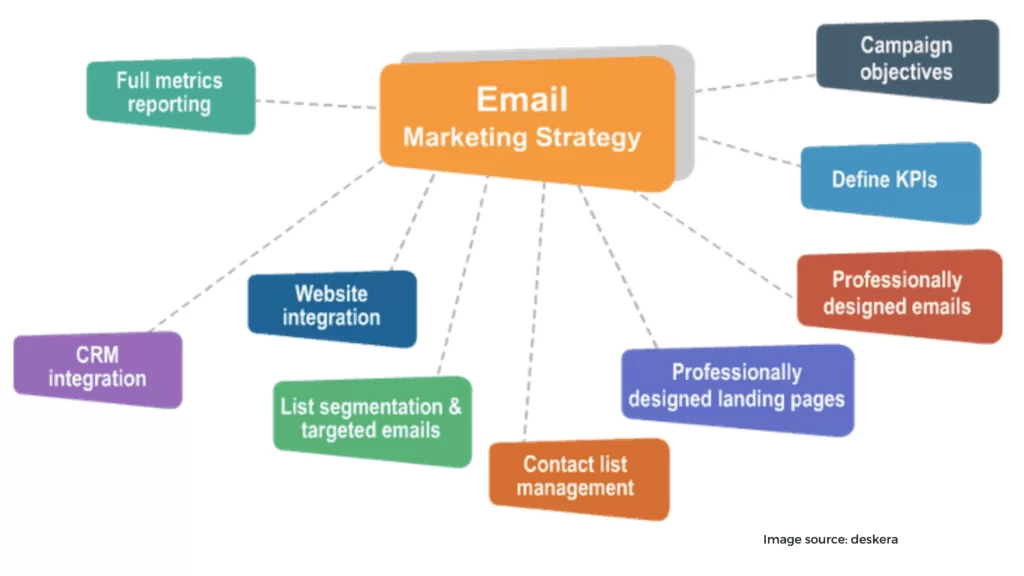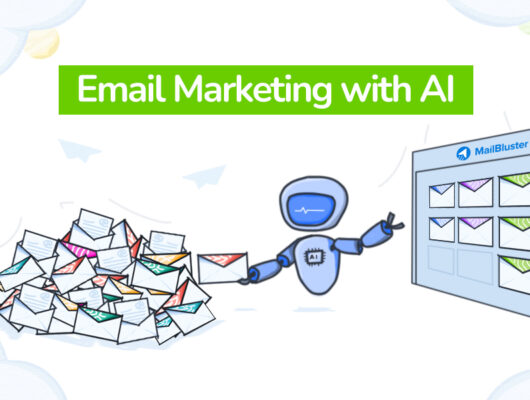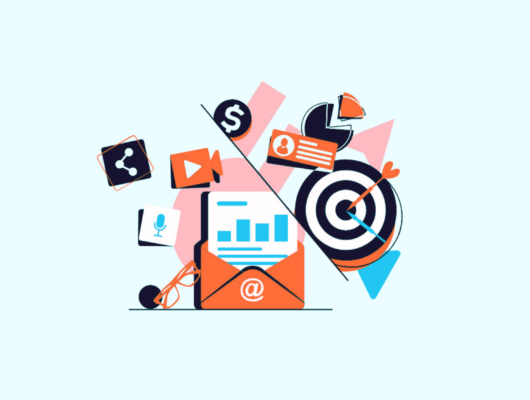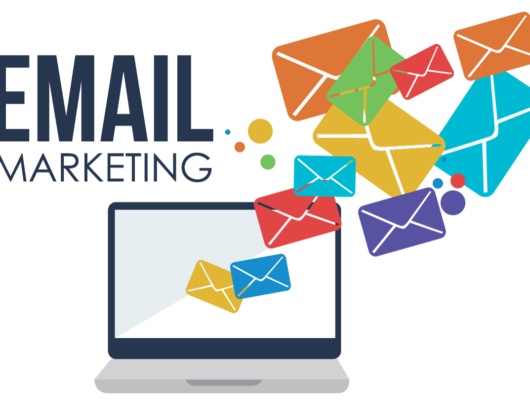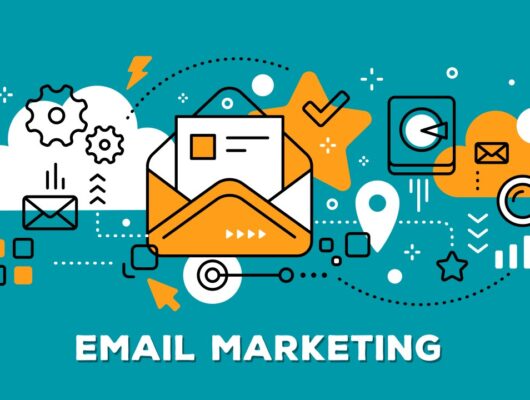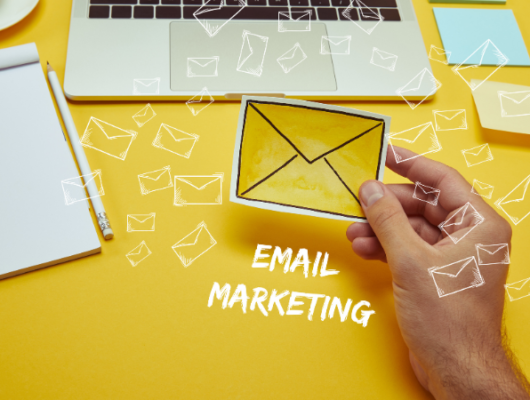In the world of email marketing, sending a generic email to your entire list simply doesn’t cut it anymore. Consumers are bombarded with messages every day, and they are more likely to engage with content that is personalized and relevant to them. This is where email list segmentation comes into play.
Email list segmentation is the process of dividing your email list into smaller, more targeted groups based on specific criteria.
By tailoring your emails to the unique characteristics and behaviors of each segment, you can send more relevant content, increase engagement, and improve your overall email marketing performance.
In this article, we’ll explore the importance of email list segmentation, the different types of segments you can create, and how to implement effective segmentation strategies for your business.
1. What is Email List Segmentation?
Email list segmentation involves categorizing your subscribers into different groups based on shared characteristics or behaviors. These segments allow you to send more targeted and relevant emails to each group, rather than sending the same message to your entire list.
Segmentation can be based on various factors, including:
- Demographics: Age, gender, location, etc.
- Behavioral data: Purchase history, website activity, email interactions.
- Customer lifecycle: New subscribers, first-time buyers, loyal customers, etc.
- Engagement levels: How frequently a subscriber opens and interacts with your emails.
- Psychographics: Interests, preferences, and attitudes toward your products or services.
By segmenting your list, you ensure that each subscriber receives content that aligns with their interests, needs, and stage in the customer journey.
2. Why is Email List Segmentation Important?
Email list segmentation is essential for several reasons, especially in today’s competitive marketing landscape:
a) Improved Relevance
When you send targeted emails, you increase the likelihood that the content will be relevant to your subscribers. Relevant content drives higher engagement and helps foster a stronger relationship between your brand and your audience. When your emails speak directly to the interests and needs of your customers, they are more likely to open, click, and act on your message.
b) Higher Engagement Rates
Emails that are personalized and relevant to a specific group of subscribers have significantly higher open rates, click-through rates (CTR), and conversion rates. Instead of sending generic content that may not interest everyone on your list, segmentation ensures that your emails are highly targeted, leading to better engagement.
c) Increased Conversions
When you send the right message to the right person, the chances of driving a conversion (whether it’s a sale, a sign-up, or another desired action) increase dramatically. For example, sending product recommendations based on a customer’s previous purchases is far more effective than sending a generic promotional offer.
d) Improved Customer Retention
Segmenting your list and sending personalized content helps nurture your relationship with existing customers. By providing relevant updates, offers, and information based on their previous interactions with your brand, you can increase customer loyalty and retention over time.
e) Optimized Email Deliverability
By sending targeted, relevant content to smaller, more engaged segments, you reduce the risk of your emails being marked as spam or ignored. When subscribers receive content that resonates with them, they are more likely to interact with your emails, improving your sender reputation and increasing overall deliverability.
3. Types of Email List Segmentation
There are many ways you can segment your email list, depending on the data you have available and the goals of your email marketing campaigns. Here are some of the most common types of segmentation:
a) Demographic Segmentation
Demographic segmentation involves dividing your email list based on characteristics such as age, gender, income level, location, or occupation. This is one of the most basic and widely used segmentation strategies, as these attributes can help you tailor your messaging to different customer groups.
Example:
- Sending promotions for women’s apparel to female subscribers and men’s apparel offers to male subscribers.
b) Geographic Segmentation
Geographic segmentation focuses on where your subscribers live. This can be particularly useful for businesses that have location-specific offers or operate in multiple regions. By segmenting based on location, you can send emails that are relevant to the recipient’s city, state, or country.
Example:
- Promoting a local event to subscribers who live in a particular city.
- Sending shipping promotions or discounts that are specific to certain regions.
c) Behavioral Segmentation
Behavioral segmentation is based on how subscribers interact with your brand. This includes website activity (pages visited, products viewed), past purchases, email opens, and click-through rates. Behavioral segmentation is one of the most effective ways to target subscribers, as it relies on actual data about their actions rather than assumptions.
Examples:
- Product Browsing: Send follow-up emails to customers who viewed a specific product but didn’t purchase it.
- Past Purchases: Offer complementary products or upsell items based on a customer’s previous purchases.
- Email Engagement: Segment your list based on how often subscribers engage with your emails (e.g., frequent openers vs. inactive subscribers) and tailor your messaging accordingly.
d) Lifecycle Segmentation
Lifecycle segmentation is based on where a subscriber is in their customer journey. Different stages of the customer lifecycle include:
- New subscribers: These individuals are just getting to know your brand. They may need a welcome email or introductory offers.
- First-time buyers: After someone makes their first purchase, you can send them a thank-you email or offer a discount on their next purchase.
- Repeat customers: These customers are familiar with your brand, so you can offer them exclusive offers, loyalty rewards, or advanced product recommendations.
- Lapsed customers: These are people who have not interacted with your brand in a while. Sending re-engagement campaigns or special offers can help bring them back.
By segmenting based on lifecycle stage, you can send emails that are tailored to where the customer is in their journey with your brand.
e) Engagement-Based Segmentation
This type of segmentation focuses on how engaged a subscriber is with your emails. Some subscribers might open every email, while others might only engage with specific types of content or offers.
Examples:
- Highly Engaged Subscribers: Send exclusive content or offers to your most engaged subscribers.
- Inactive Subscribers: Target inactive subscribers with re-engagement emails, asking if they still want to hear from you, offering incentives, or providing updated content.
f) Psychographic Segmentation
Psychographic segmentation looks at a subscriber’s interests, values, lifestyle, and buying motivations. By understanding what drives your customers, you can create emails that cater to their specific needs and preferences.
Example:
- Offering content about sustainable fashion to subscribers who have shown an interest in eco-friendly products.
4. How to Implement Effective Email List Segmentation
Now that you understand the types of segmentation, here are some practical steps to implement it effectively in your email marketing strategy:
a) Collect and Organize Data
To segment your list effectively, you need to collect relevant data from your subscribers. This data can come from sign-up forms, purchase history, website analytics, social media profiles, and more. Ensure you’re capturing enough information to create meaningful segments, but be mindful of privacy regulations like GDPR.
b) Use an Email Marketing Platform
Most email marketing platforms, such as Mailchimp, HubSpot, ActiveCampaign, or Klaviyo, offer powerful segmentation tools that allow you to create targeted segments based on a wide variety of criteria. Make sure to choose a platform that integrates well with your existing data sources and enables you to easily manage and automate your segmented campaigns.
c) Start Simple, Then Refine
When starting with segmentation, it’s a good idea to keep it simple. Begin with basic segments like demographics, purchase history, or email engagement, and gradually refine your segmentation strategy as you gather more data and insights. Over time, you can implement more complex segmentation strategies, such as predictive analytics or advanced behavioral targeting.
d) Personalize and Automate
Once you’ve segmented your list, take advantage of personalization and automation. Personalizing subject lines, copy, and offers based on each segment’s characteristics will make your emails feel more relevant. Automate your campaigns to ensure that the right message is sent to the right person at the right time.
e) Test and Optimize
Always test your segmented campaigns to see what resonates with each group. A/B testing can help you understand which content performs best for each segment. Over time, refine your segments and adjust your approach based on the results.
Conclusion: The Power of Email List Segmentation
Email list segmentation is one of the most effective ways to enhance your email marketing campaigns.
By tailoring your messages to specific audience segments, you can increase engagement, improve conversions, and foster stronger relationships with your subscribers.
Effective segmentation allows you to move away from generic, one-size-fits-all emails and instead deliver relevant, timely, and personalized content that speaks directly to each subscriber’s interests and needs. The more targeted your emails are, the more likely your audience is to take action.
Start implementing segmentation today, and watch your email marketing evolve from basic broadcast messages to highly effective, customer-centric campaigns that drive real results.


